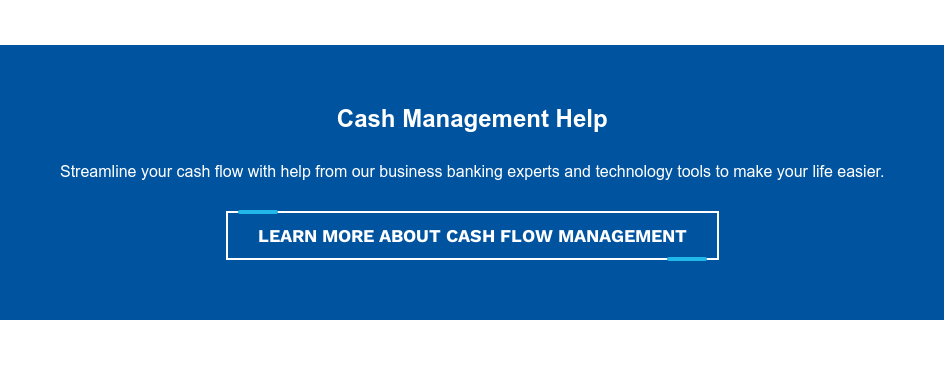Creating a plan, clarifying the details and executing it effectively.
This is the building process for any business owner with goals and objectives to create the vision of growth.
It all starts with forming a team. We plan almost every bit of our day-to-day lives with the mindset of being productive and safe as we go.
As small business owners, we might say to ourselves,” Well of course, we always make sure we’re safe and look out for our employees on the job.”
But consider this: Safety goes beyond the physical. Cybersecurity ensures your business is safe from vulnerability, exploitations, social engineering attempts and data compromise. Cybersecurity planning for any small business is a must in today’s world.
Where Cybersecurity Planning Begins
What can you do to incorporate best or proper cybersecurity awareness strategies?
First, identify some of the more common cyber threats that cybersecurity experts have noticed as being some of the more frequent issues with small businesses.
Bad actors, or those who have malicious intent to cause damage to businesses and individuals alike, have a plethora of methods they use to attempt cyber crimes like tricking people with phishing emails or pharming network credentials which can be used to access private data.
Phishing emails, or emails designed to portray a trustworthy entity in hopes of tricking unsuspecting individuals into accidently divulging some form of data, is a highly-used method. This is why it’s important to train yourself and your staff on basic security principals.
When handling any form of data, especially sensitive information like Personally Identifiable Information (PII) or customer data, it’s vital to safeguard these to avoid data compromise and leakage. This is done through the clean desk policy and encryption.
The clean desk policy states that users should be mindful of where their potentially sensitive data is being used throughout the day. If the data is on a piece of paper, we should lock it up when it’s not in use or properly dispose of it by shredding the documentation. This, along with being mindful of what’s on your desktop when people are around, is how we take full advantage of the clean desk policy.
Encryption and Suspicious Activity
Encryption is the process of applying a coded algorithm to data as it is being transmitted so no outside intervention can read or use the data. This is ideal so that sensitive information is kept confidential. Only the intended recipient can read the data once it is encrypted and sent.
Bad actors are constantly attempting to gather information about persons and businesses; understanding how they try to do so is important.
The data bad actors want can be personal data, customer data and even passwords to other accounts or the network. This is where having the proper encryption in place on an email is essential. Changing passwords and having unique passwords for each account type lessens the possibility of a credential compromise.
Knowing the sender of an email, reviewing links and attachments and reporting any suspicious activity all combat phishing emails. Other measures like forcing periodical password changes and having a backup process for data can limit damage done in the event of a compromise, or the instance of business email compromise.
The complexity of passwords should adhere to the best practice of being over eight characters, include special and alphanumerical characters and be committed to memory – never written down.
Implementing policies and procedures that reinforce these practices are a lifeline for small businesses to remain secure and successful, especially during the COVID-19 pandemic.
Stearns Bank offers services to help keep your business secure. To find out more, click the button below.

